
WIRELESS CHARGING IN THE NEWS
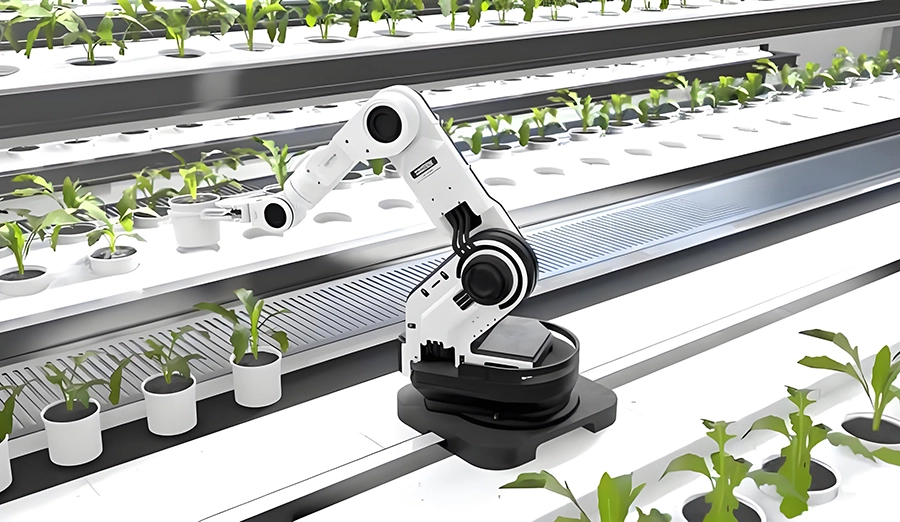
Wireless charging technology provides convenience and guarantee for the development of livestock robots, promoting the development of the livestock industry towards intelligence and automation.

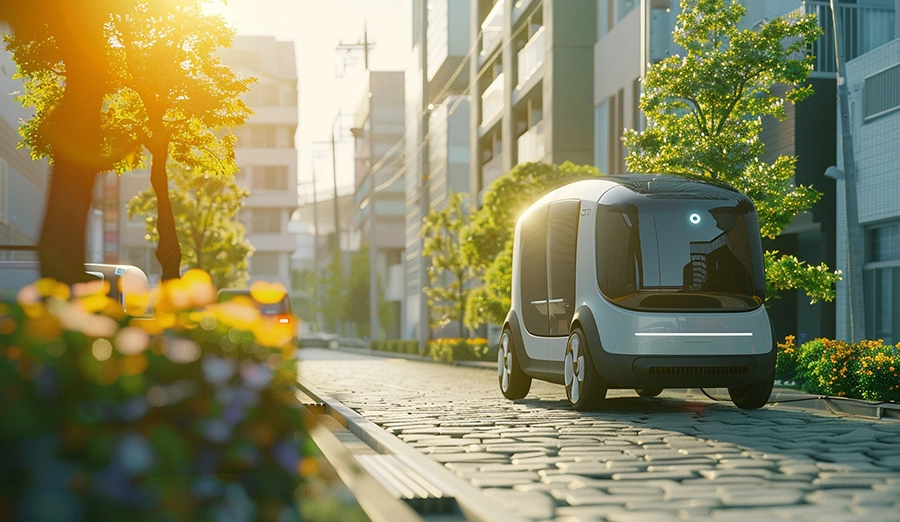
The implementation of the wireless charging solution for low-speed unmanned express delivery vehicles in the park logistics will provide strong support for the efficient operation of the park logistics. Through a reasonable layout of charging stations, appropriate selection of charging equipment, intelligent control systems and comprehensive safety measures, rapid and convenient charging of express delivery vehicles can be achieved, improving the efficiency and reliability of logistics distribution and injecting new vitality into the development of logistics in the park.


Our wireless charging solution for animal husbandry provides reliable technical support for the intelligent development of animal husbandry. Whether it is cleaning robots, feeding robots or health monitoring robots, they can all operate continuously and stably with the assistance of wireless charging technology, contributing to the efficient production and sustainable development of animal husbandry.


Our wireless charging solution for ships represents a major innovation in the shipping industry. It will bring unprecedented convenience, safety, efficiency and environmental friendliness to ship charging.


Wireless charging technology, with its disruptive "seamless battery life" capability, is becoming the golden key to unlocking the true autonomy of service robots - it is not only a technological upgrade, but also a cost revolution and an experience upgrade!


Driven by the waves of industrial automation and smart cities, outdoor wheeled inspection robots, with their powerful functions and flexibility, are becoming key "mobile sentinels" for enhancing efficiency and ensuring safety, demonstrating significant value in numerous fields.


Composite navigation/Integrated navigation Principle: Integrate two or more navigation technologies, usually with one as the main one and the others as supplements, to enhance the robustness, accuracy and adaptability of the system. Common combinations Laser SLAM + QR code: Laser SLAM achieves global positioning and navigation, while QR codes are used for precise positioning and calibration of key points (such as stops and intersections), eliminating cumulative errors.


Laser reflector navigation Principle: Install high reflector plates at fixed positions in the operating environment (such as walls, columns, etc.). The rotating laser scanner (LIDAR) on the top of the AGV emits laser beams and receives the signals reflected back by the reflector. By measuring the angles and distances of the reflectors and combining them with the environmental maps pre-stored in the AGV (including the precise positions of all reflectors), the position and orientation of the AGV itself are calculated in real time using triangulation or SLAM (Simultaneous Localization and Mapping) algorithms.

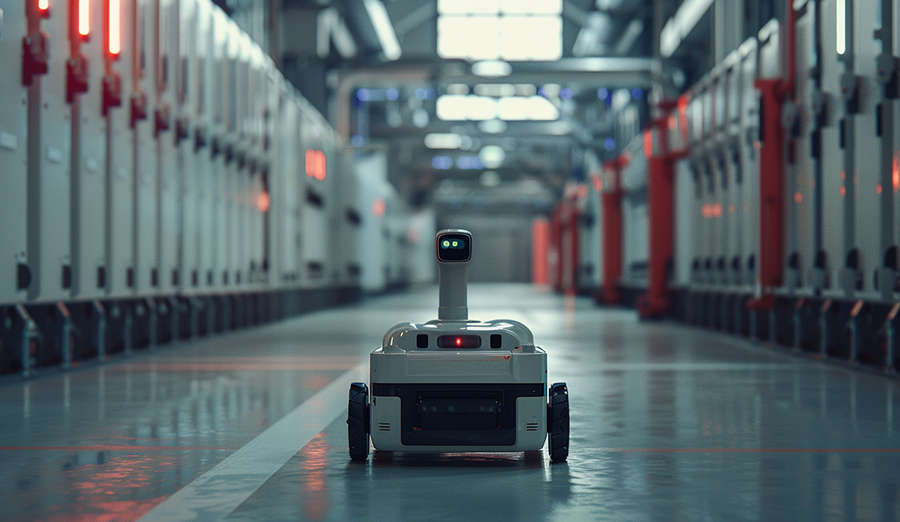
Guide belt navigation Principle: Lay guiding tape or paint tape of a fixed color (usually white, yellow or fluorescent color with good reflectivity) on the ground. Optical sensors (emitting light and receiving reflected light) are installed at the bottom of the AGV vehicle body. The sensor tracks the centerline of the guide tape by identifying the difference in reflectivity between the guide tape and the floor.

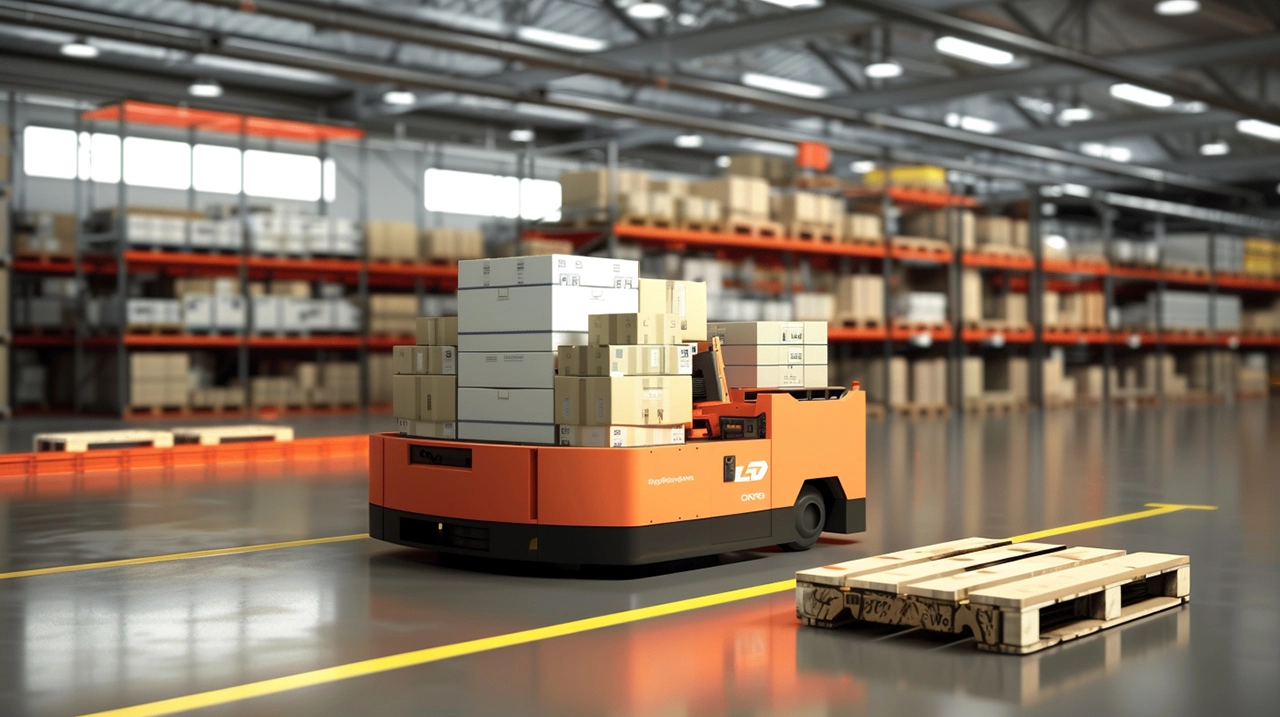
Focus on security and efficiency: The enterprise has clearly stated that the current intelligent deployment prioritizes high-risk scenarios. It is emphasized that the top priority of this move is to ensure the safety of workers and prevent threats such as radiation and carbon monoxide poisoning. It is pointed out that unmanned mining trucks can effectively avoid the risk of slope collapse.

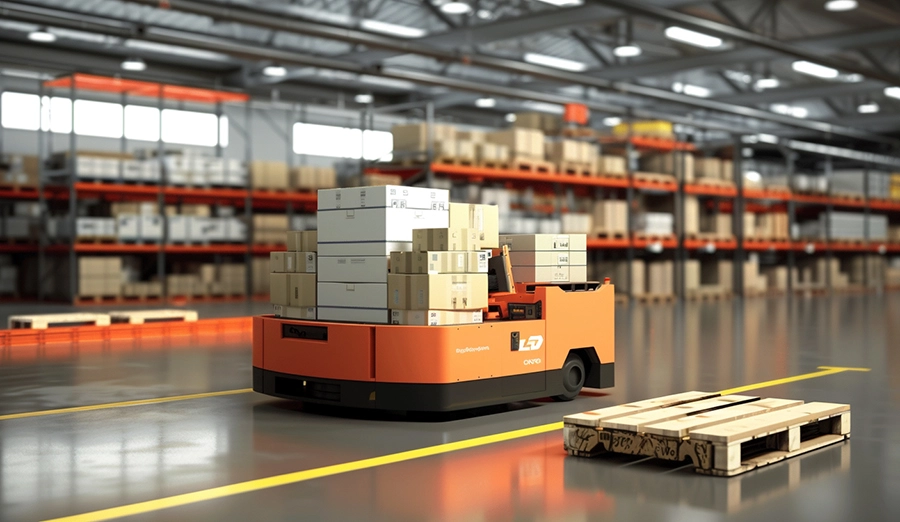
In the wave of industrial automation and intelligence, wireless charging technology is gradually becoming an indispensable energy solution. However, the complexity and high risk of industrial environments place higher demands on wireless charging technology - it not only needs to achieve efficient energy transmission, but also possess extremely strong environmental adaptability and safety.

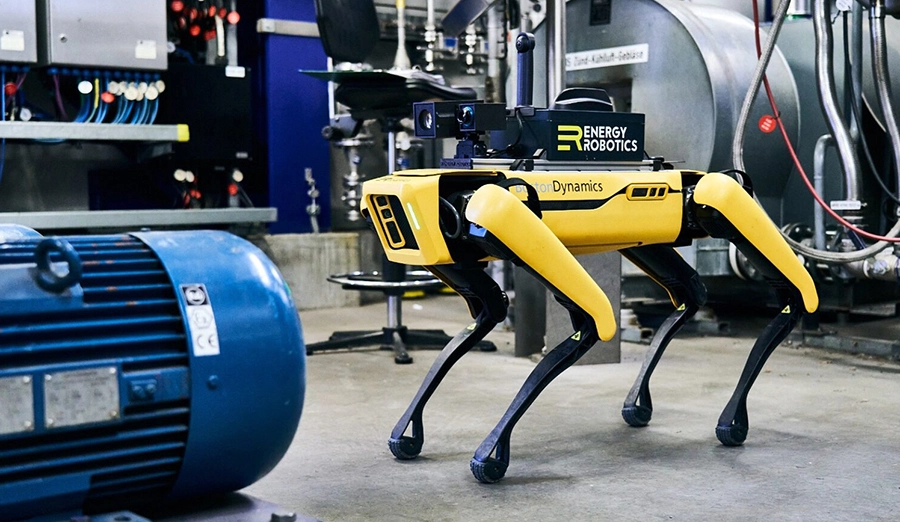
Among the vast and boundless power transmission lines and the long and deep utility tunnels, intelligent inspection robots are becoming the "thousand-mile eyes" and "wind-following ears" that ensure the smooth operation of the energy arteries.
